by Ken Gargett
The debut of a new prestige champagne is always something rather exciting, even if as in this case it is more of a “renaming” than a “new wine.”
Henriot is an interesting house that often sneaks in under the radar, which is surprising as it produces champagnes of exquisite quality.
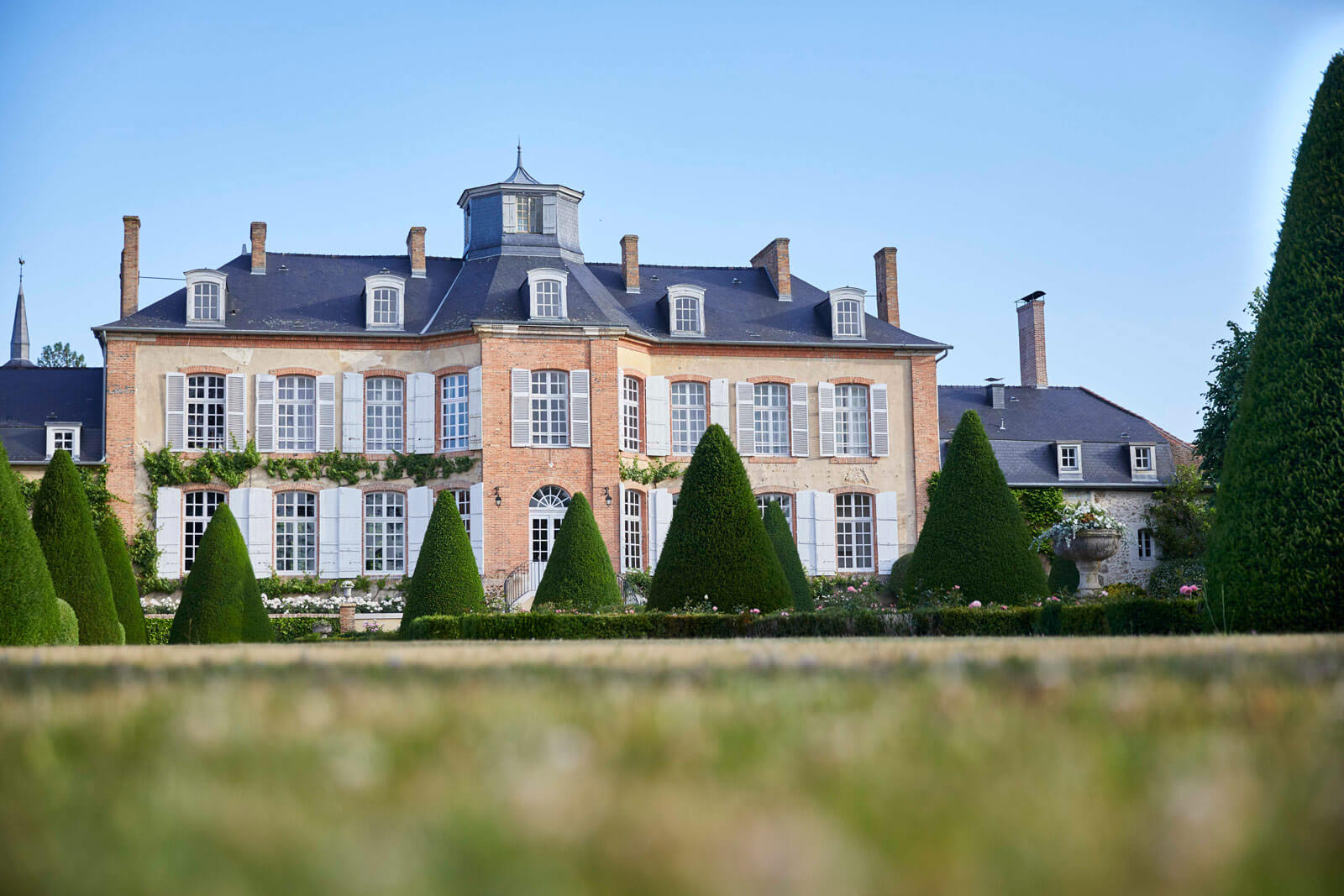
Maison Henriot
Henriot, based in Reims, enjoyed its bicentenary in 2008, which is fortuitous as that is such an amazing vintage. It is rare for a house of this importance to be under family control, but this has been the position with Henriot since 1994 (and most of its history), when one of the most powerful men in the French wine industry, Joseph Henriot, left Veuve Clicquot to purchase and manage the estate once belonging to his family.
The Henriot clan has not poured all its effort into champagne: it also owns esteemed producers Bouchard (Burgundy), William Fèvre (Chablis), and Villa Ponciago in Beaujolais, originally called Château de Poncie.
A short history of Henriot
Records suggest that the Henriots have been in the Champagne region since at least the sixteenth century, working in textiles and slowly acquiring vineyards. The genesis of Henriot dates back to a marriage in 1794 between Nicolas Simon Henriot and Apolline Godinot.
Apolline was the niece of Abbot Godinot, the man who, among various contributions to the creation and improvement of champagne, was said to have produced a set of rules in 1718 based on the dictates of Dom Pérignon himself (rather bizarrely, he was also very keen on promoting the construction of public fountains).
As he died around 50 years before the marriage; one suspects that not only were they unacquainted but that perhaps he was a great uncle or even more removed.
Nicolas Henriot passed away in 1805. Apolline, yet another of the astonishing women of Champagne, stepped up and created her own house. She was apparently very skilled at the business as it flourished both in France and abroad, especially Holland, Austria, and Hungary. Originally, the house sold its wines as Veuve Henriot.
Apolline’s grandson, Ernest, took over and in 1875 expanded both holdings and production (one descendent, Paul, had the foresight to marry into a family well stocked with elite vineyards). Ernest also established another house with his brother-in-law, the house we know today as Charles Heidsieck.
In 1926, Etienne Henriot took over and dedicated himself to repairing the damage caused by both phylloxera and World War I. He expanded vineyards, ensuring that they were of the highest quality.
Joseph took over in 1962 (Etienne had passed away in 1957, the year Joseph joined the company at the age of 21). As mentioned, Joseph was a powerful man in the French wine industry.
Joseph had studied agronomy in Paris in the 1950s before joining the family house. In 1975, he seized the opportunity to take over the then struggling Charles Heidsieck (he had the insight to appoint the legendary chef de cave Daniel Thibault, the man responsible for the extraordinary 1995 Blanc des Millenaires, a champagne that we are still enjoying today and that seems to get better every time a bottle is opened), merging the two houses into a single business and running both until 1985 when he sold to Veuve Clicquot.
The price was 11 percent of Veuve Clicquot. Joseph then assisted in initiating a sale of Veuve Clicquot to LVMH (or at least what would become LVMH). At this stage, it was merely Louis Vuitton. Henriot was the chairman of the Louis Vuitton board and it was he who then merged Louis Vuitton with Moët Hennessy, thereby creating the monolithic LVMH.
In 1994, Joseph decided it was time to buy back the family house, although it did not come with the vineyards. Then came the move to purchase Bouchard. Joseph passed away in 2015 and son Thomas now rules the empire.
House production is estimated to be around the 1-1.3 million bottle mark, much of which is exported. The firm now owns some 25 hectares in locations such as Avize, Chouilly, Le Mesnil, Oger, and Vertus.
The range comprises the NV Brut Souverain, an NV Blanc de Blancs, a Rosé, a vintage Brut, a vintage Rosé, the prestige champagne (we’ll get to that very shortly), and an outlier, Cuve 38. If you have not heard of this latter wine, you are not alone – I first learned of it very recently and have never had the chance to try it. One lives in hope.
A recent evening showcased the glories of Henriot to a small but appreciative audience (I’ve said it before and I’ll say it again, few places on the planet outside Champagne itself see as many wonderful champagne events as Brisbane, thanks largely to one of Champagne’s great ambassadors, Bernadette O’Shea).
Henriot Cuvée Hemera
We looked at the range (bar the 38) and, for good measure, a jeroboam of the great 1996. But most eyes were on the new prestige champagne, Cuvée Hemera. To those of you thinking, “What happened to des Enchanteleurs?”: it has been phased out and replaced by Hemera.

Henriot Cuvée Hemera 2005
It is not simply a change of name, at least it most certainly did not seem that way to me. This is not the same rich and powerful wine that Enchanteleurs always seemed to be. This is more delicate, more elegant, more in line with the DNA one expects from Henriot.
Hemera has been named after the Greek goddess of light. Part of the reason for the change was that Enchanteleurs proved difficult to pronounce for many non-French consumers, something that was never positive for sales. The firm has gone from a name I could neither spell nor pronounce to something that sounds more like a villain in a Marvel superhero movie than a wine.
In the end what is important is what is in the bottle. The first Hemera is the 2005, and 2006 will be out very soon and may even be available in some markets by the time this appears.
Laurent Fresnet was chef de cave at Henriot, arriving shortly before the 2005 harvest for this new wine (he has now retired, replaced by Alice Tétienne, formerly of Krug). Fresnet has been quoted as saying that Joseph Henriot told him to do the impossible. To “change everything without touching a thing.” Hence Cuvée Hemera.
Tétienne replaced Fresnet, who has moved to Champagne Mumm, replacing Didier Mariotti, the man who many attribute as responsible for the rise in quality at that house. Mariotti has moved to Veuve Clicquot, replacing the equally highly regarded Dominique Demarville, who went to Laurent Perrier, though only briefly (there are rumors he may end up at Bollinger but nothing concrete). For the record, the former chef du cave at Laurent Perrier, Michel Fauconnet, had retired but has returned for the moment. It really is musical chairs in Champagne at the moment.
Both Enchanteleurs and Hemera are 50/50 Chardonnay/Pinot Noir blends and both hail from the same villages – Mailly, Verzy, Verzenay, Le Mesnil sur Oger, Avize, and Chouilly – yet they are different wines. The richness, body, and power of the Enchanteleurs has been replaced by restraint, class, finesse, and elegance. Two superb champagnes, just different. The Hemera is undoubtedly more of what we would expect from Henriot.
It is also worth briefly talking about the (untasted) Cuve 38. This is a solera style, established in 1990 and named after the large 467-hectoliter tank in which it resides, kept at 14°C. Each year, a contribution is added from four prized Grand Cru vineyards – Chouilly and Avize dominate with support from Le Mesnil-sur-Oger and Cramant.
An equivalent amount is removed for use in blending. The amount varies – one percent in some years to 18 percent in others. One thousand magnums are bottled separately. Dosage is less than five grams/liter and the magnums are aged for five years on cork after disgorgement, before release.
Needless to say, these are extremely limited (and expensive – AUD$1,430/magnum). Australia’s entire allocation is six magnums a year. The first release of this wine was not until 2015.
Some tasting notes
Henriot Brut Souverain NV
A blend of 50 percent Chardonnay, 45 percent Pinot Noir, and 5 percent Meunier with 30 percent reserve wine from the past five vintages and a small amount of Cuve 38. Four years on lees. Both this and the Blanc de Blancs have a dosage of just 8 grams/liter.
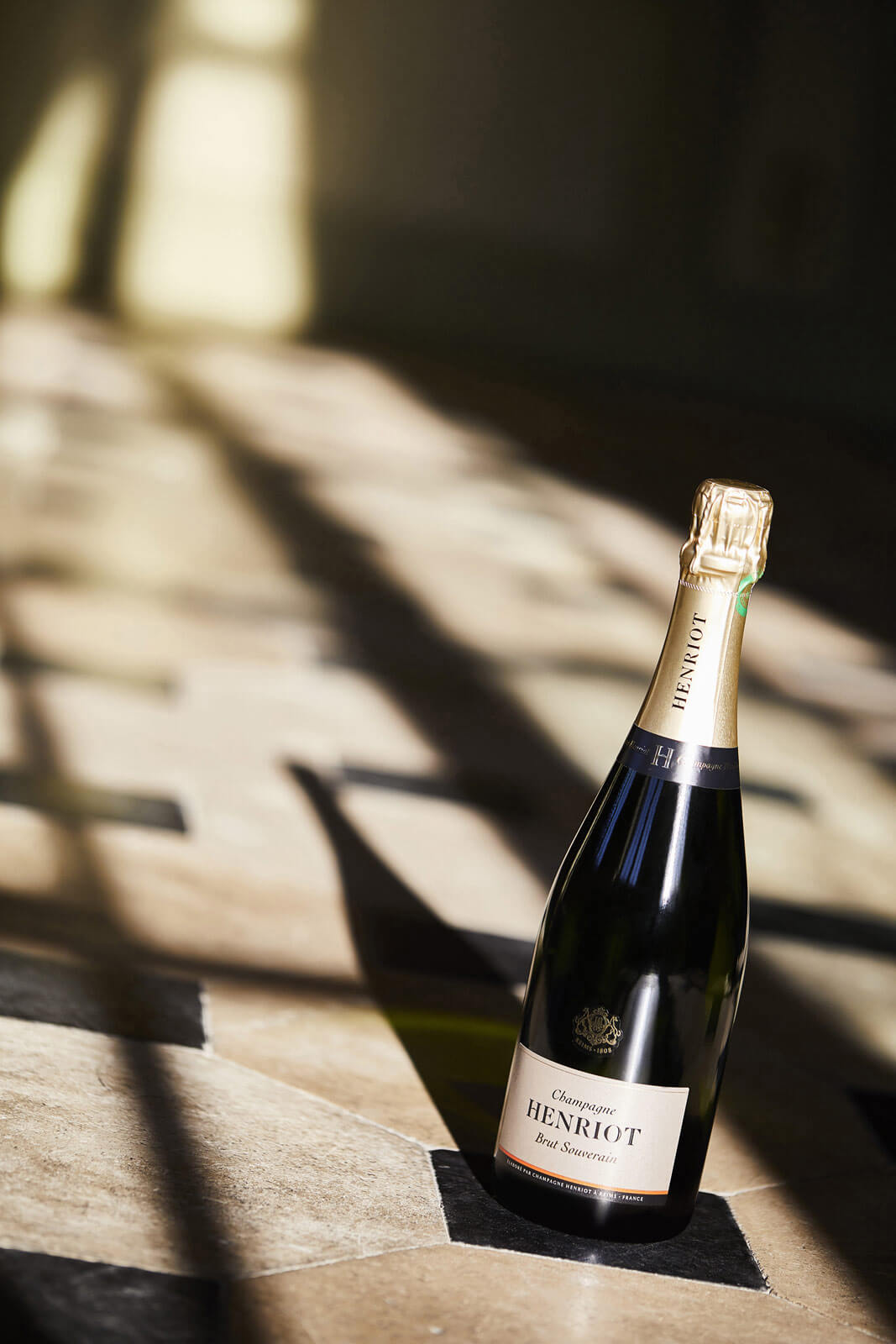
Champagne Henriot Brut Souverain NV
The epitome of elegance. There is focus and length here with hints of nuts and spices, a touch of orange rind. Stone fruits. Finely balanced and lingering, this is an exceptional NV. 93. AUD$79.
Henriot Blanc de Blancs NV
From a mix of 12 vineyards, 90 percent of which are Grand and Premier Cru. Five years on lees with more than 40 percent reserve wine. Avize and Chouilly in the Côte des Blancs dominate, with 30 percent from Trépail and Vertus. The remainder comes from the Côte de Sézanne. Dosage 8 grams/liter.
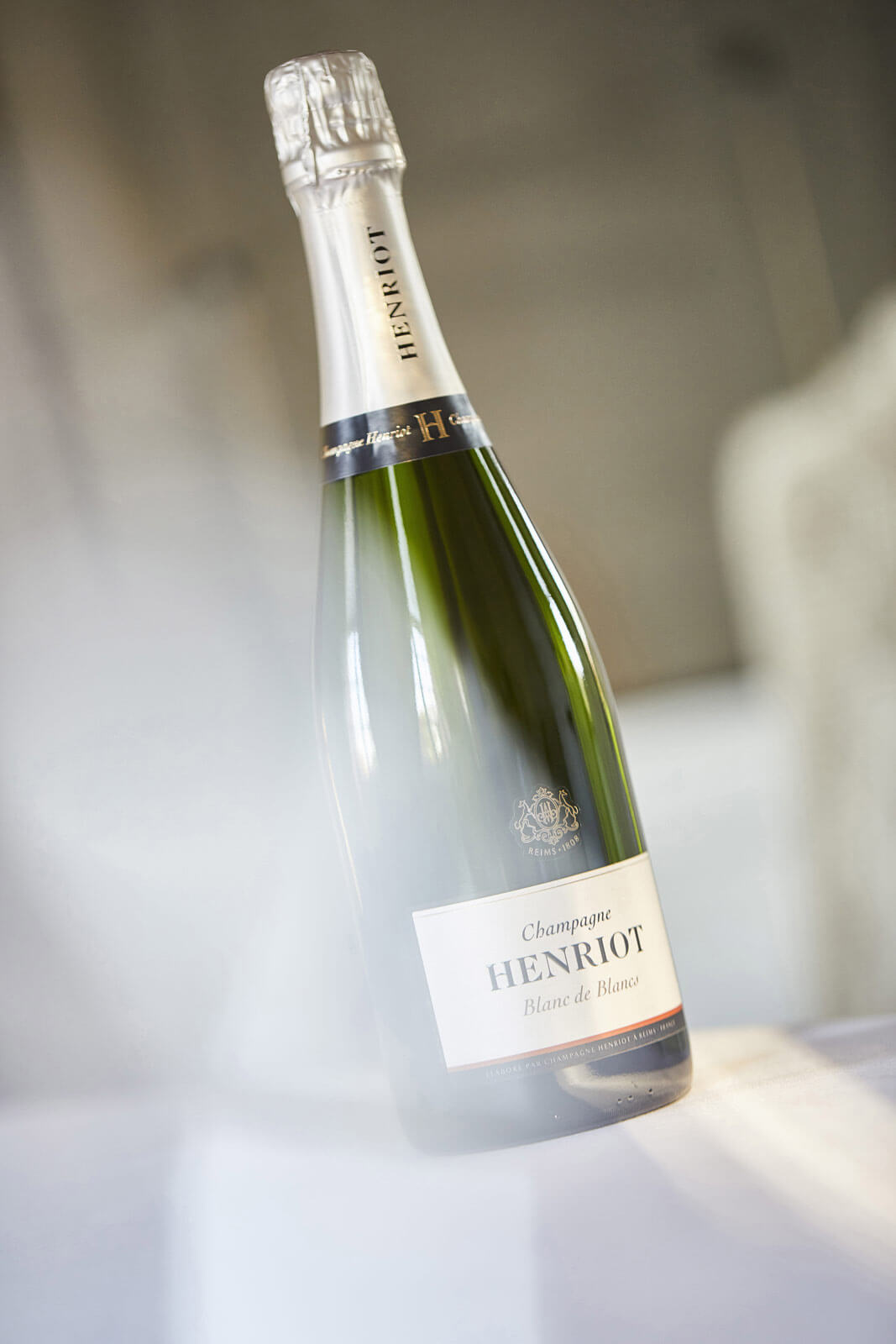
Henriot Blanc de Blancs NV
Another stunning non-vintage champagne. A lovely mix of aromas, jasmine, florals, and stone fruit. Finely balanced and extremely impressive length. Has the ethereal elegance common to the entire Henriot range. 93. AUD$120.
Henriot Rosé NV
This is 70 percent from Grand and Premier Cru vineyards, 40 percent Chardonnay, 50 percent Pinot Noir, and 10 percent Meunier. Twelve percent is blended rosé champagne for color; 35 percent reserve material. Dosage of 9 grams/liter and three years on lees.
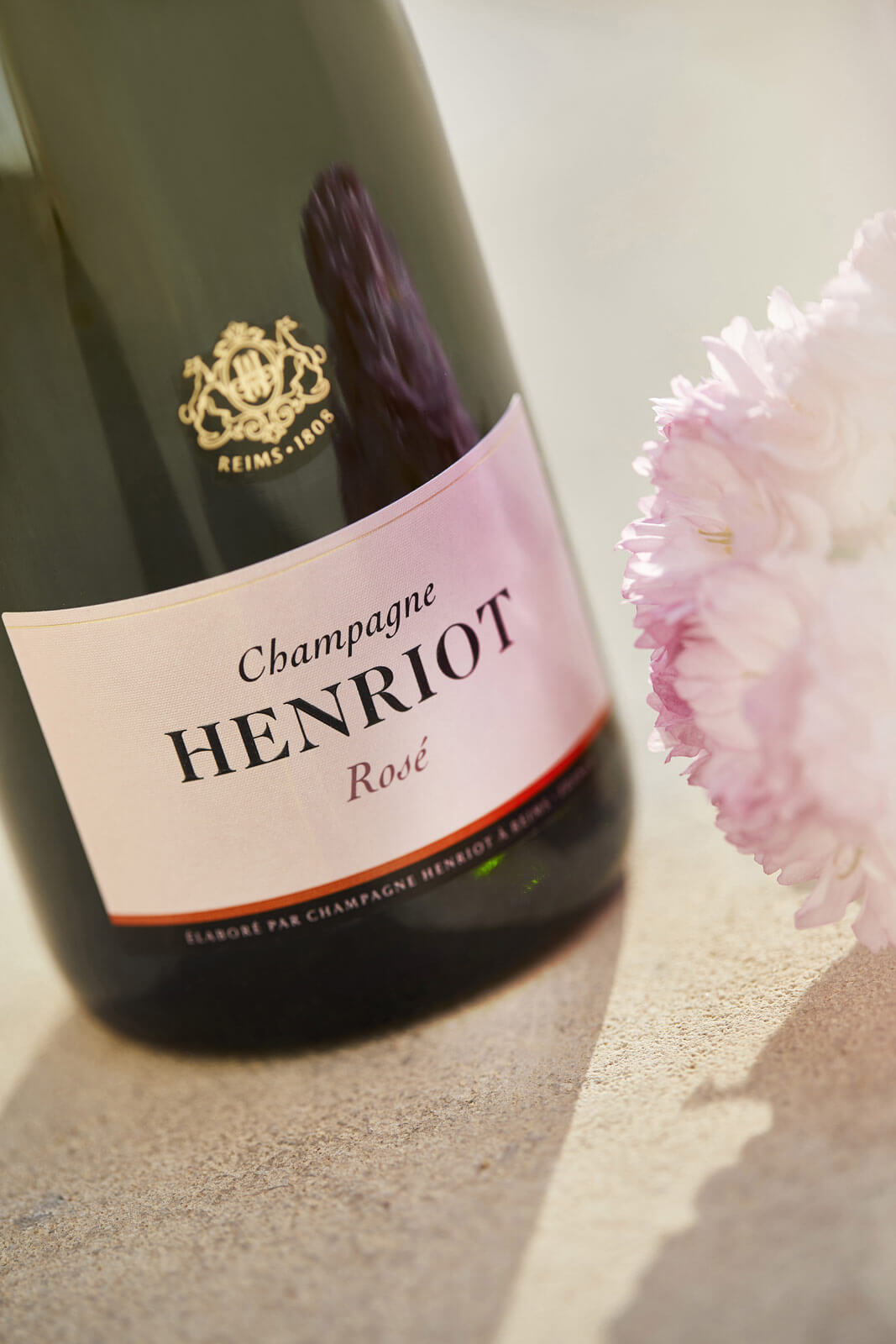
Champagne Henriot Rosé NV
A beautifully fragrant nose. Frangipani blossoms, rose petals. Subtle, gentle, and lingering. On the palate, moves to more marzipan, lavender, and musk notes. Lovely wine. 92. AUD$120.
Henriot 2008
We were fortunate that the two current vintage wines were both from the great 2008 harvest. The more I see of this year, the more I think that it is the greatest year we have seen since 1988 – this is, of course, something that others will dispute and there are some serious contenders – 1990, 1995, 1996, 2002, and 2012 will all have support. Henriot’s next release will be the 2012.
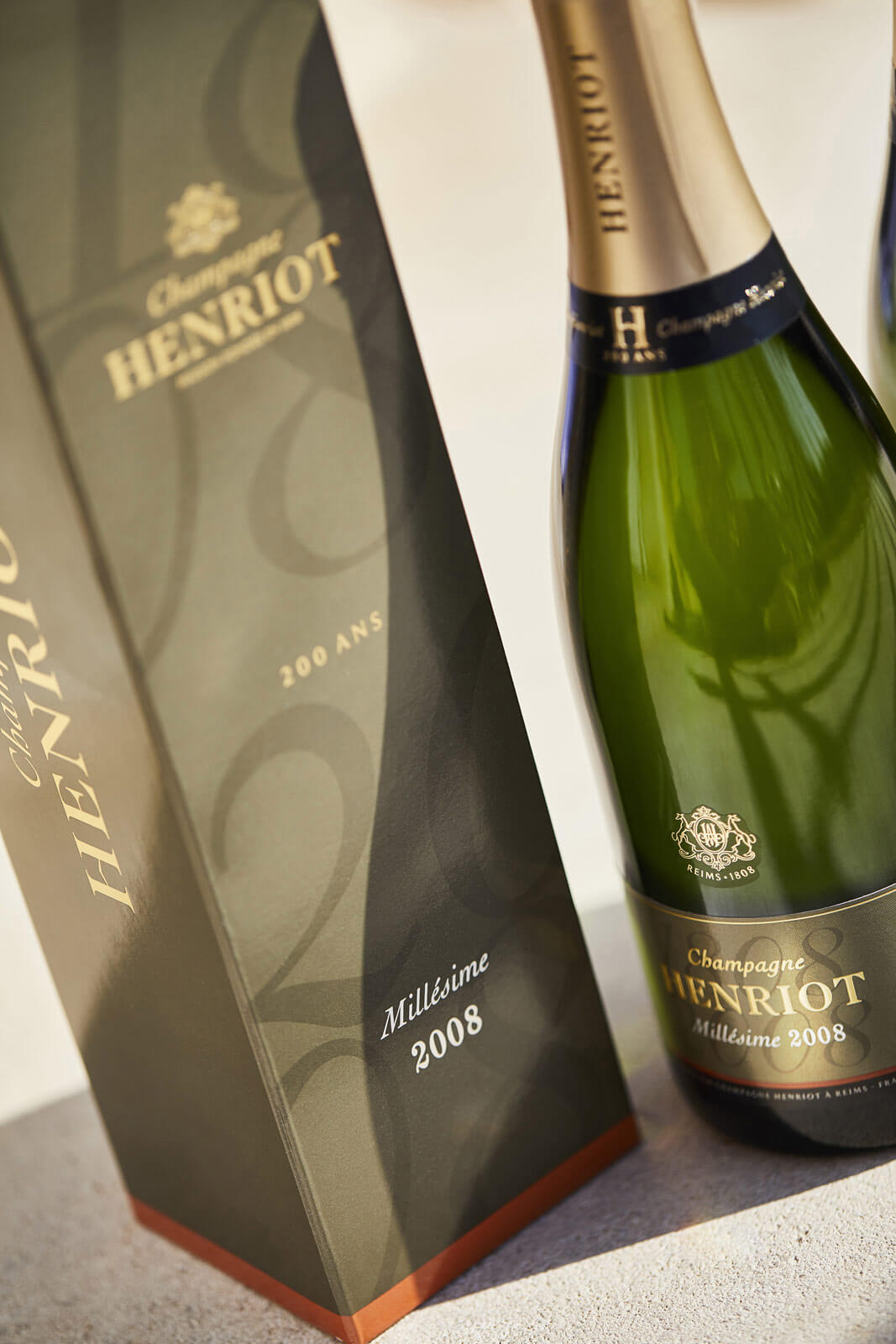
Champagne Henriot Vintage 2008
Almost entirely Grand Cru, this is a 50/50 split between Chardonnay and Pinot Noir. Dosage is 6 grams/liter. This is so fine, offers finesse with power. An imperious champagne. Great length. Nine years on lees, disgorged 18 months earlier. A lovely, supple, creamy texture. This wine really does need much more time although it is a wonderful drink now. A perfect wine with which to celebrate Henriot’s 200th anniversary. 96. AUD$185.
Henriot Rosé 2008
A blend of 60 percent Chardonnay, 40 percent Pinot Noir, with a dollop of still Pinot Noir to provide the color. A mix of Grand and Premier Cru vineyards. Has there been a poor champagne from the 2008 vintage? I’m beginning to think not. And this is yet another stunner.
Delicate and fragrant, yet with a steely undertow of considerable power. Red fruits, notably raspberries. Wonderfully elegant, has focus and great length. There is a pleasing savory note to this champagne – subtle, restrained, delicate, and with that understated power. Superb. 95. AUD$225.
Henriot Cuvée Hemera 2005
One hundred percent Grand Cru vineyards – 50 percent each of Chardonnay and Pinot Noir – and 12 years on lees. Dosage is just 5 grams/liter. The Chardonnay hails from the Côte des Blancs, notably Chouilly, Avize and Mesnil-sur-Oger, while the Pinot Noir is from the north of the Montagne de Reims, specifically Mailly Champagne, Verzy and Verzenay. A wonderful array of flavors and aromas – lemon pith, grapefruit, crisp apple, citrus, pears, and apricots. A hint of lime. Moves to those lovely crystalline glacé fruit characters. And a hint of red cherry. Intense, elegant, refined, and focused.
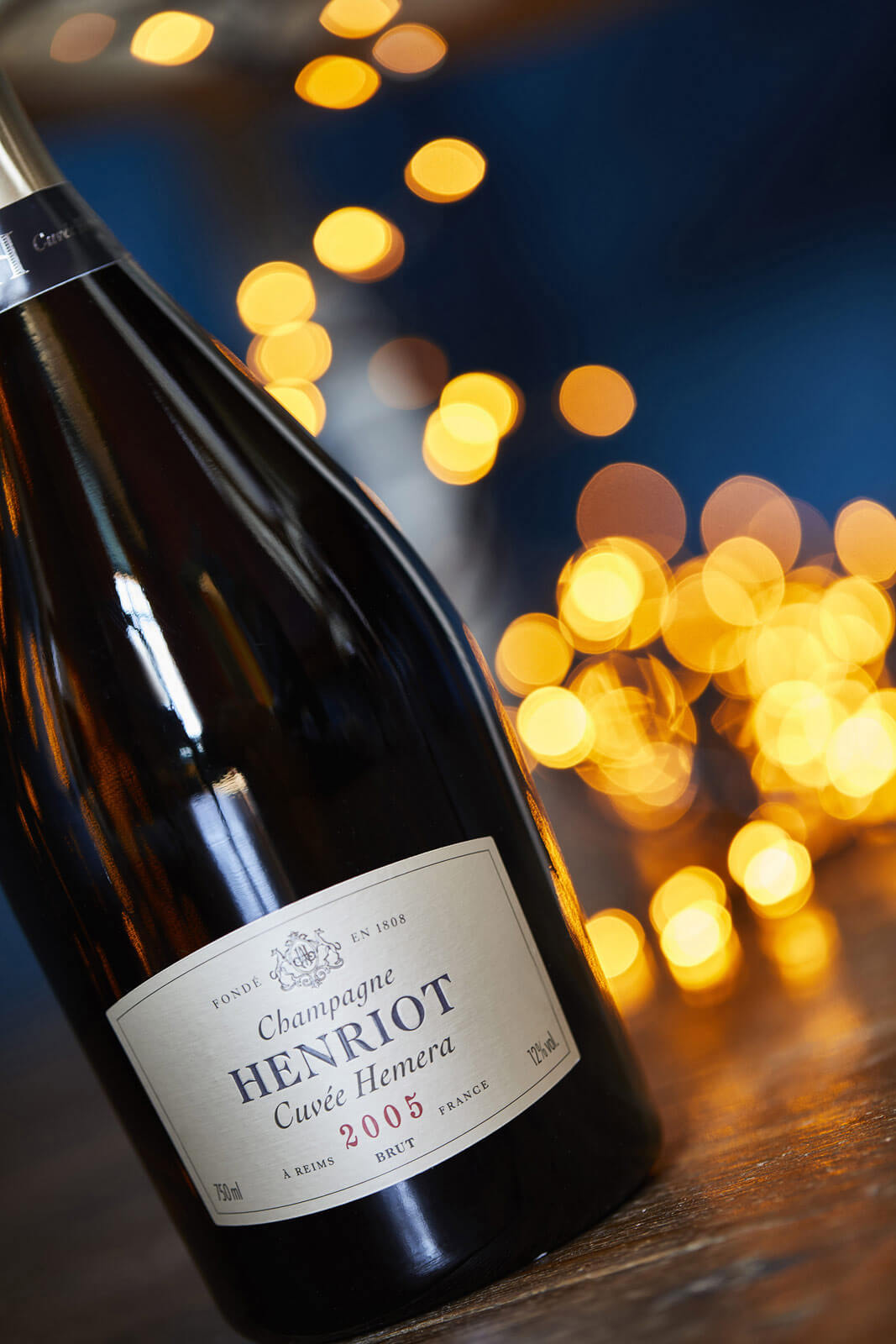
Henriot Cuvée Hemera 2005
Great length. A seamless champagne that retains freshness throughout. Balanced and complex (in the scores, it was this extra level of complexity that gave it the nod for me over the 2008). This will drink superbly for many years to come. The 2006 will be with us soon. 97. AUD$420.
1996 (from jeroboam)
The team from Henriot kindly pulled this out from the cellars – there are a few (or perhaps more likely that there were a few) available. Disgorged at the end of 2019. An absolutely stunning champagne. Always some fears with so much champagne dependent on a single cork but in this case, it could not have held up more impressively. Just wow! Hints of truffles, stone fruits, nuts. Perfect balance. A real lifeforce here. Wonderful and compelling complexity. Incredible length. AUD$1,000, which strikes me, if you have it, to be a wonderful bargain. 99.
For more information, please visit www.champagne-henriot.com.
You may also enjoy:
Dom Pérignon 2008: From The Monk’s Earliest Beginnings To The Most Glorious Champagne Vintage
Bollinger 2008 La Grande Année Champagne: Still Young, But Already A Classic
Louis Roederer Cristal 2008: Supreme Elegance And Ethereal Grace
Charles Heidsieck Blanc Des Millenaires 2004: Long Live The King Of Chardonnay Cuvées
Charles Heidsieck Champagne Charlie: A Man, A Bottle, A Legend
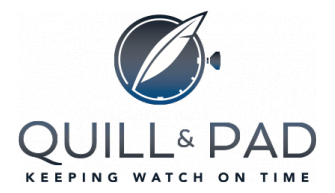




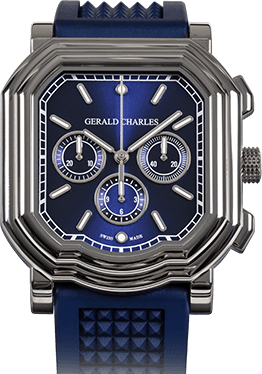
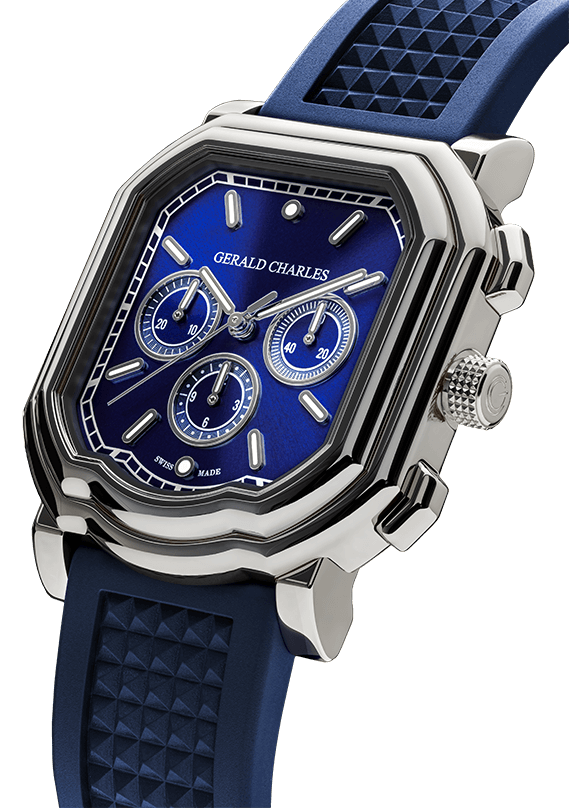


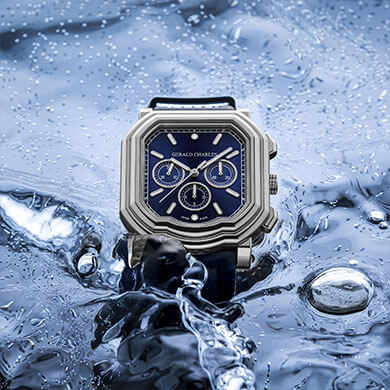

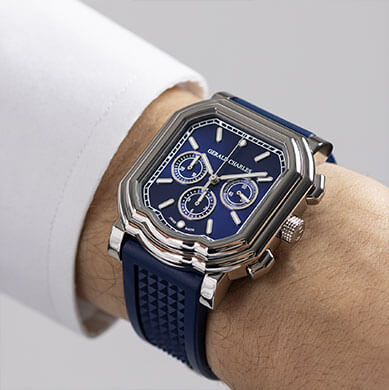



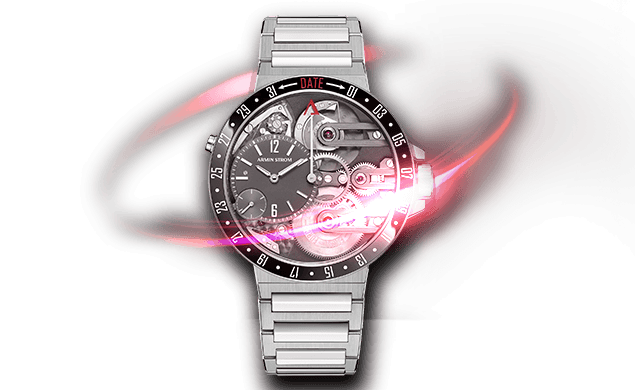
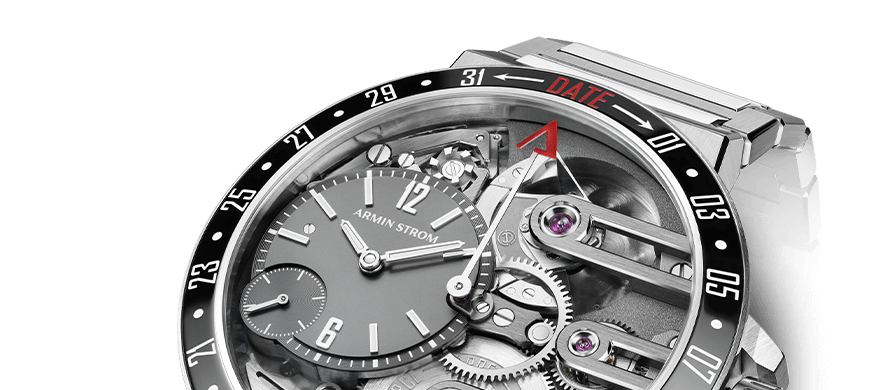
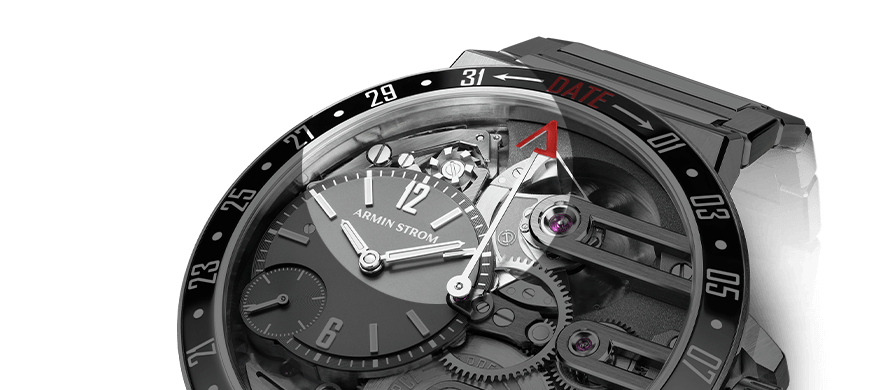


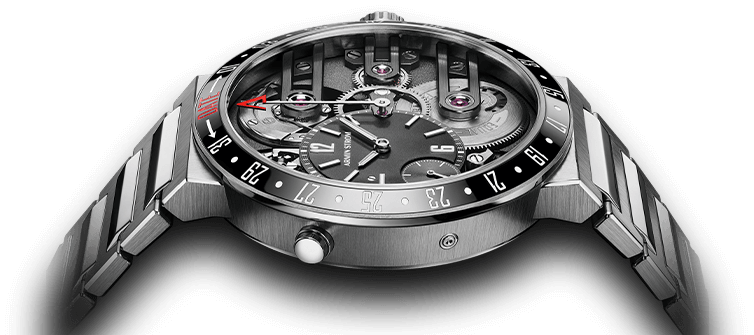
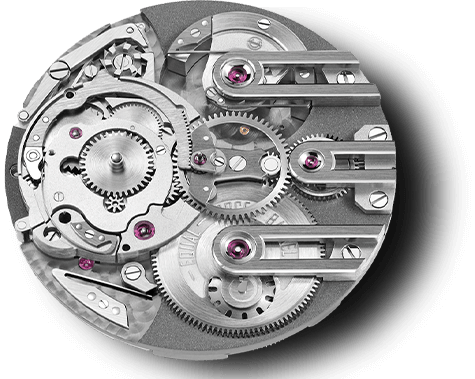





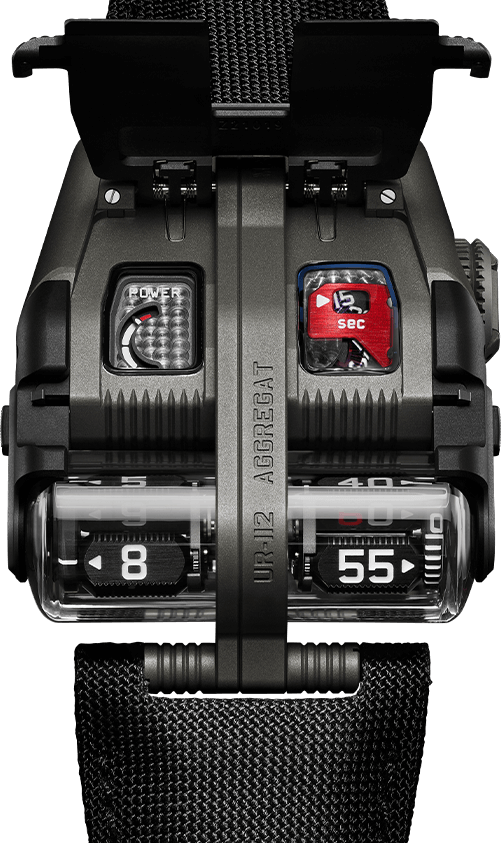

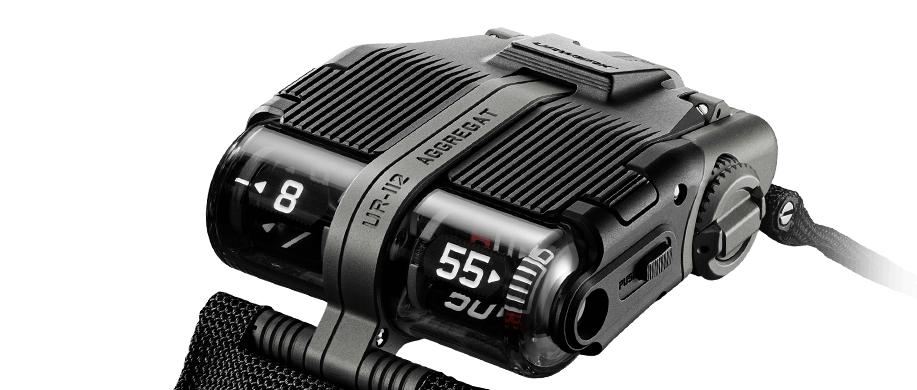
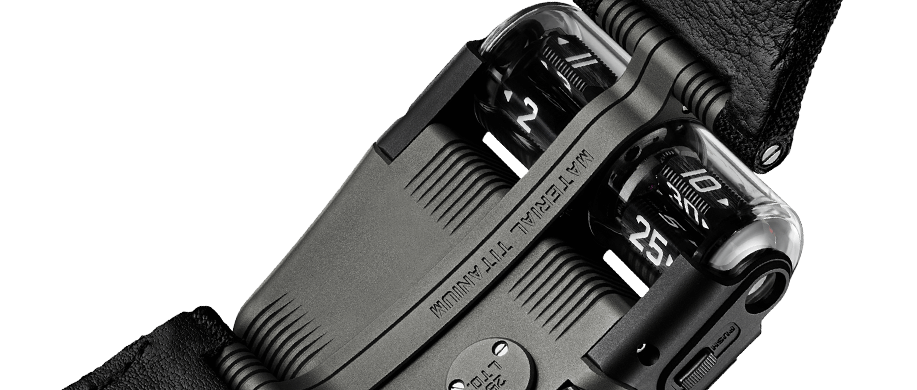
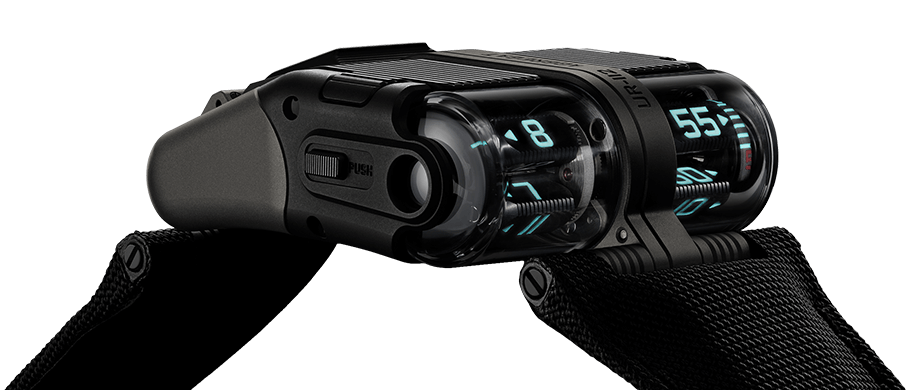

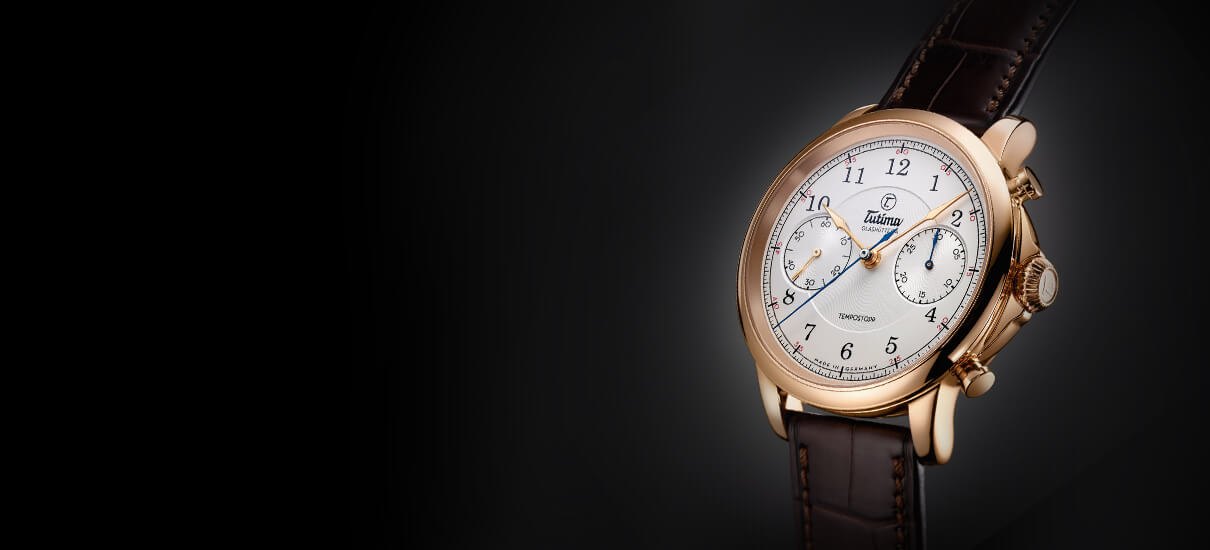

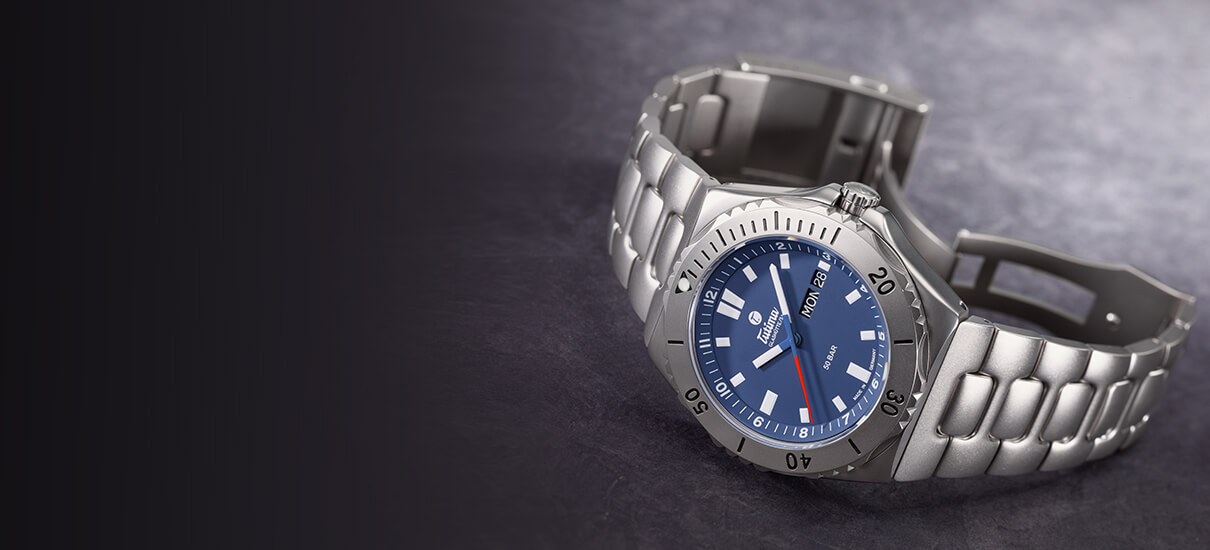
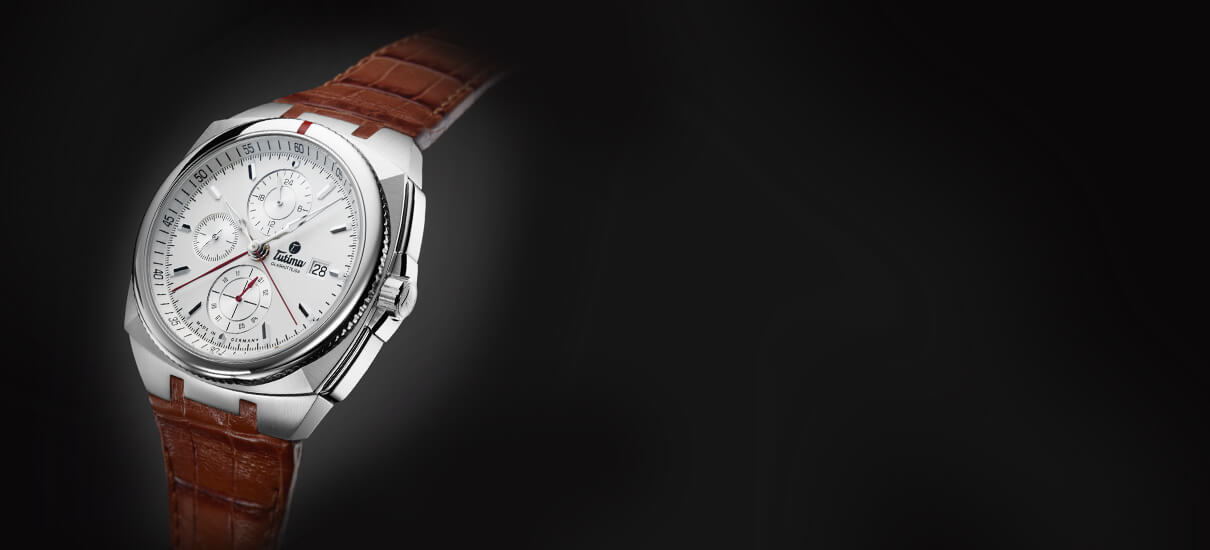

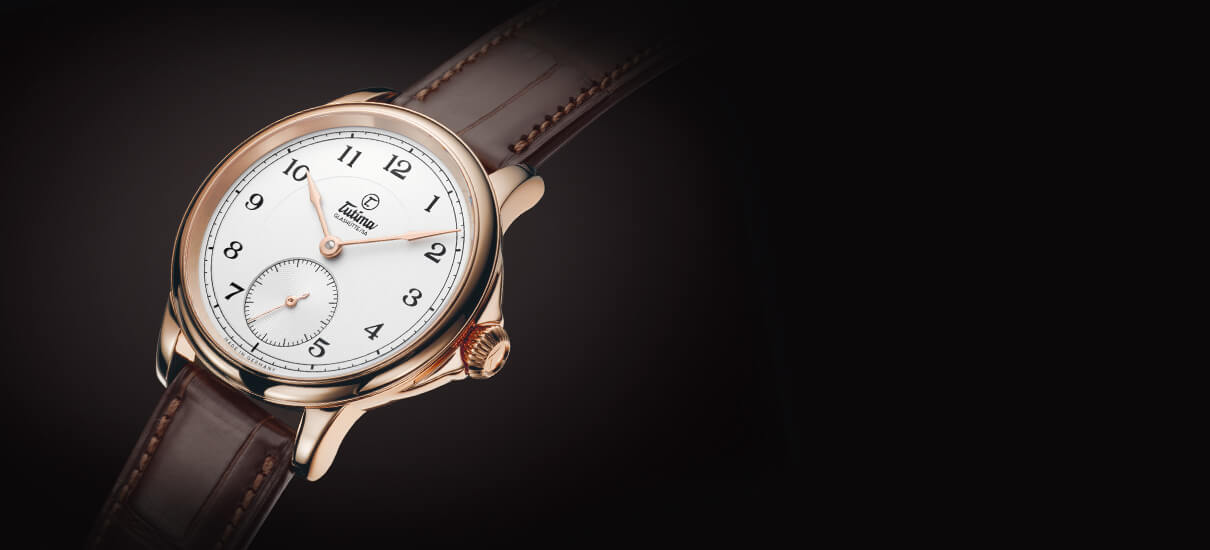

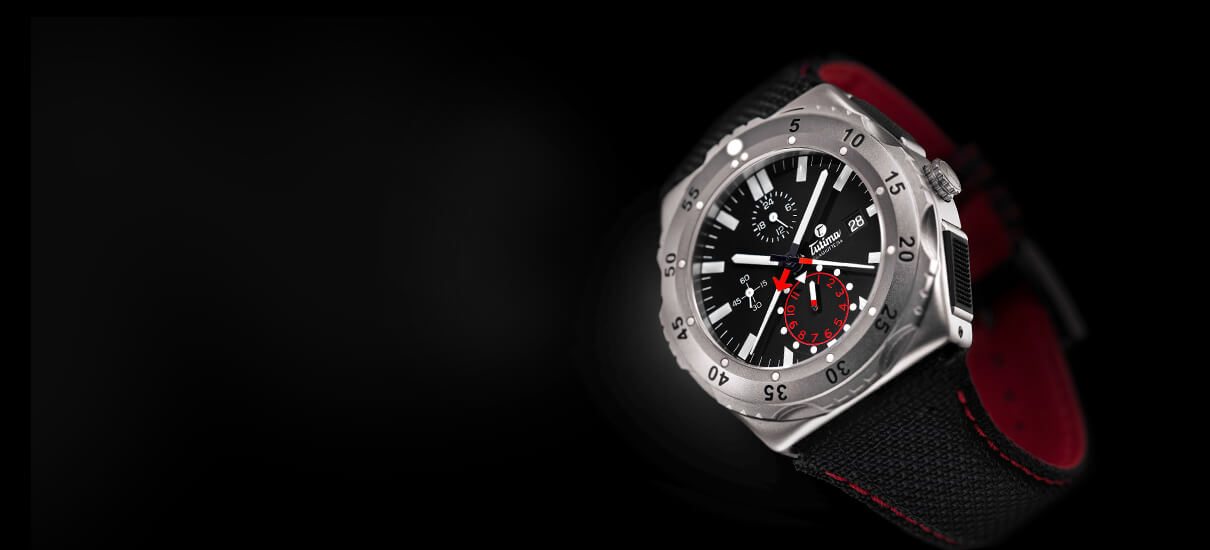
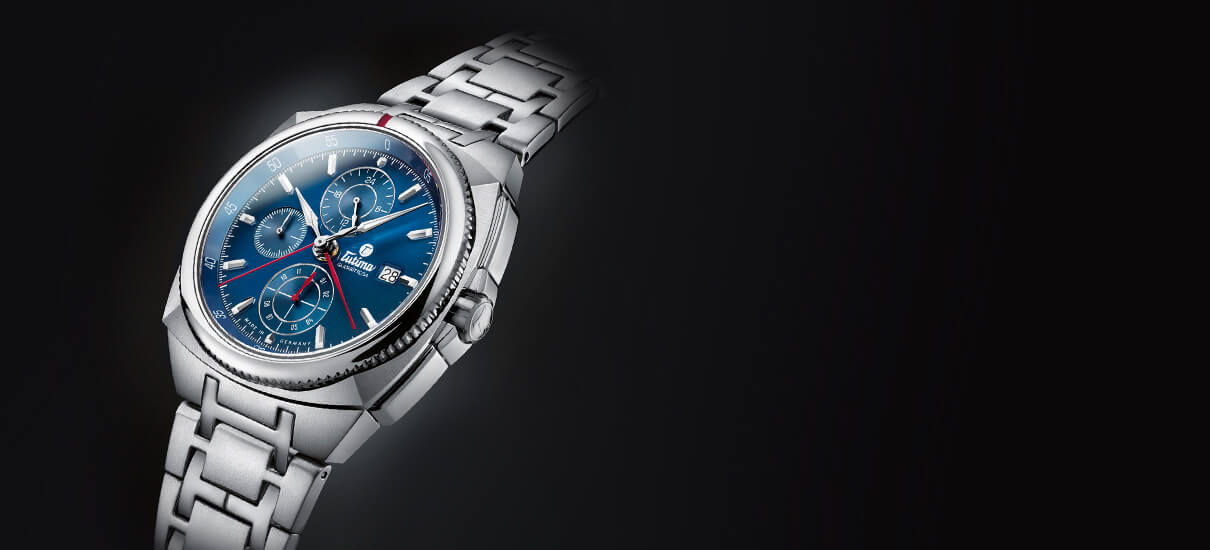

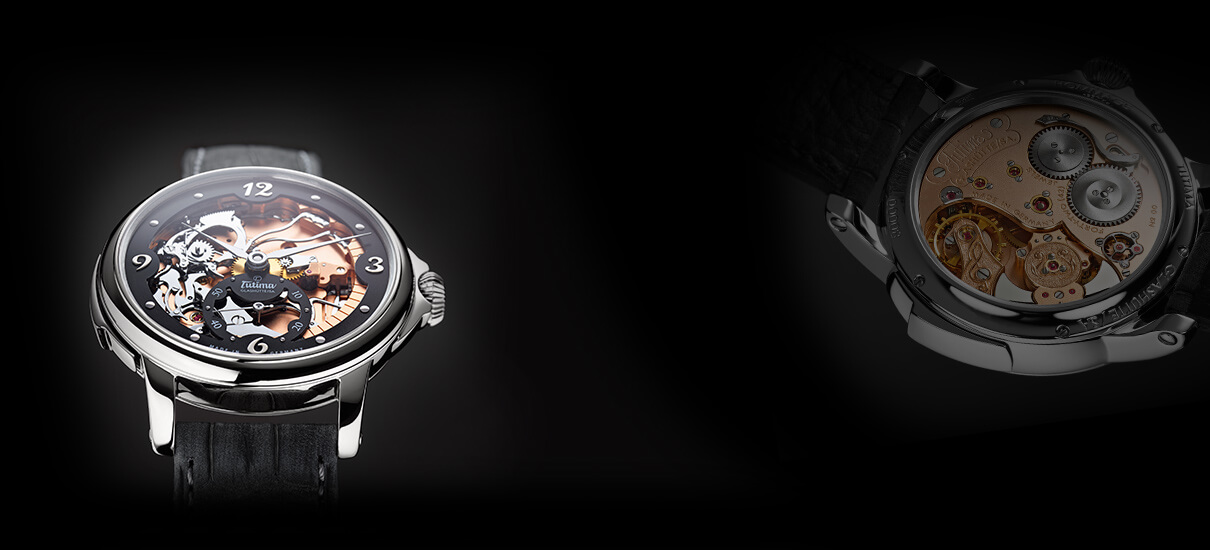

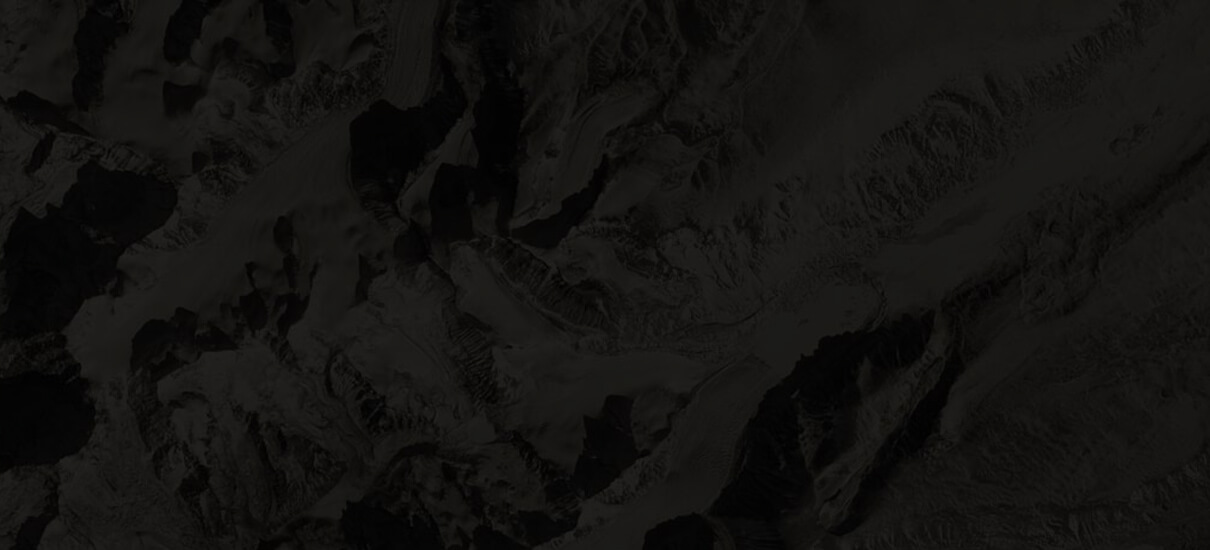

Leave a Reply
Want to join the discussion?Feel free to contribute!